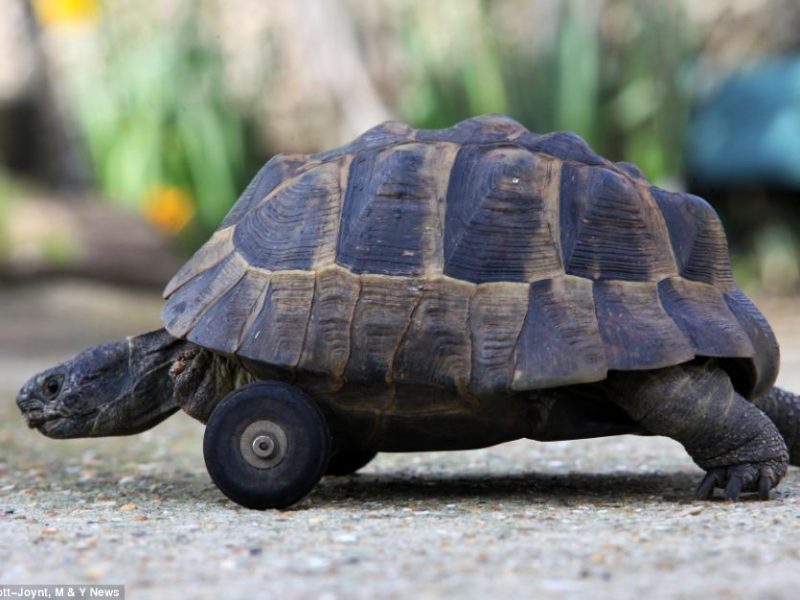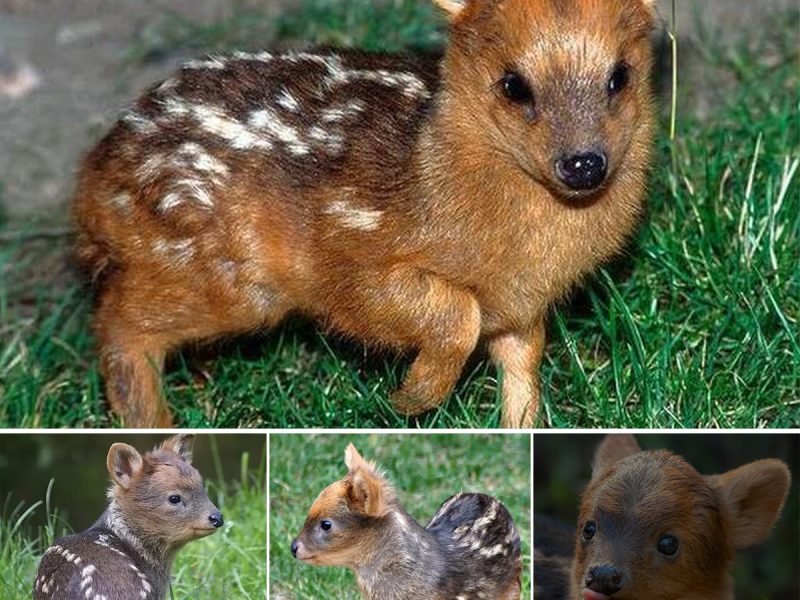When a giant wood moth, the heaviest of all known moths, appeared on the side of a school building in Queensland, Australia, the children were enthralled – even though they were used to a diverse local wildlife.
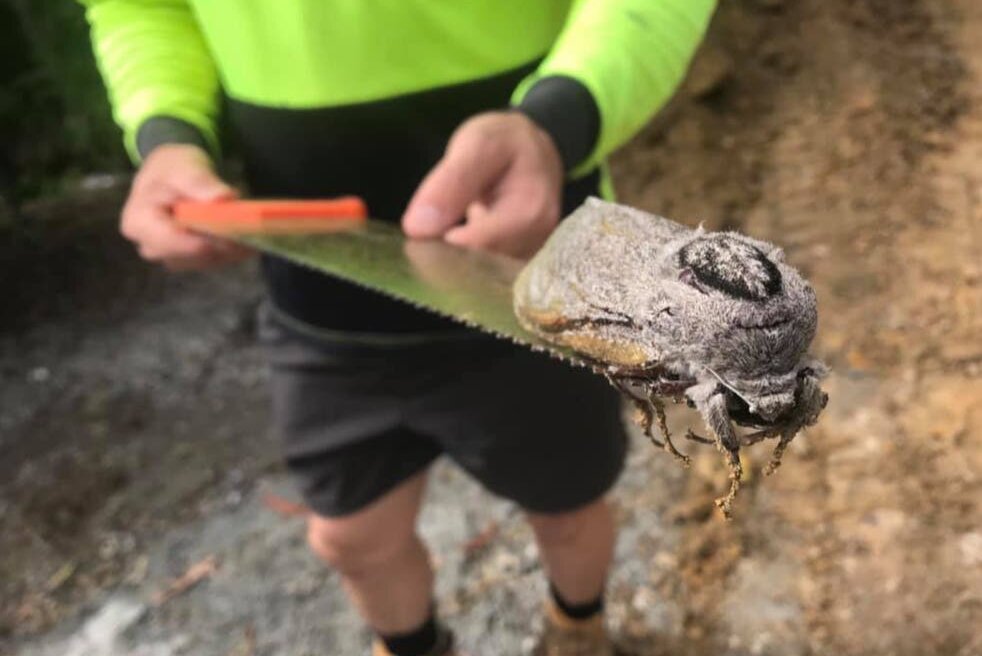
This giant wood moth was found at Mount Cotton state school in Queensland by builders. While not uncommon, giant wood moths are rarely seen by humans in Australia. Photo: Mount Cotton State School
Children and staff members at the Mount Cotton State School, an elementary school in Queensland, Australia, are rather used to spotting wallabies, koalas and snakes in the natural environment as the school is located near a rainforest.
Nevertheless, builders who were adding new classrooms to the school recently made a discovery that got even them surprised. They found a giant wood moth, which can have a wingspan of up to nine inches (23 cm) and can weigh up to 30 grams, which makes it the heaviest moth in the world!
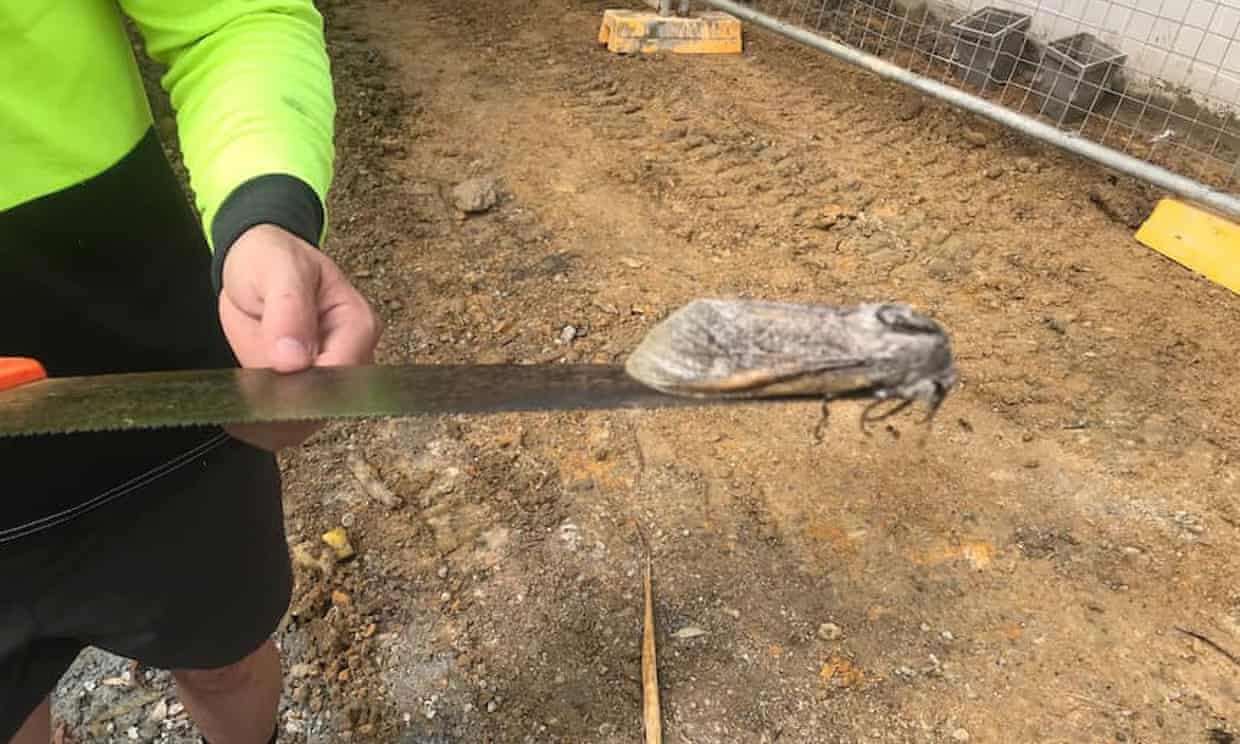
Giant wood moths are found along the Queensland and NSW coast. Females can weigh up to 30 grams and have a wingspan of up to 25cm. Photo: Mount Cotton State School
After the unique moth – which has a passing resemblance to the favorite stuffed animal of an insect lover’s child – was found on the side of the new building, Meagan Steward, the school principal, said the following in an interview with ABC Radio Brisbane:
“It was an amazing find. This moth was something that we had not seen before.”
The children were much delighted and wrote fictional stories about the moth, including one about a giant insect that eats one of the teachers, Stewart said.
Found in Australia, the gray wood moth (Endoxyla cinereus), spends most of its life (3 years) as a larva inside eucalyptus trees, feeding off the tree’s tissue.
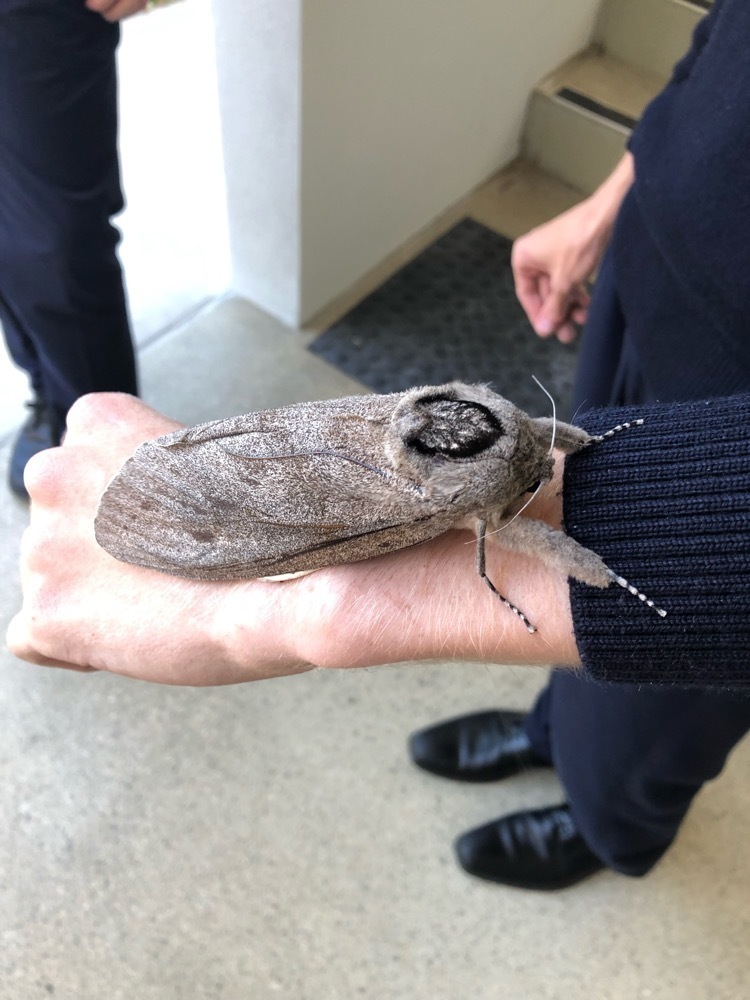
The giant wood moth is indeed a giant. Photo: QuestaGame/iNaturalist
As adults, however, these insects only live for about a week. They die soon after they lay eggs and mate.
And that’s exactly why the discovery of them in this Australian school is so unique. According to Christine Lambkin, curator of entomology at the Queensland Museum, who collected these moths as a child, there may be about a dozen sightings of them in a year. No more.
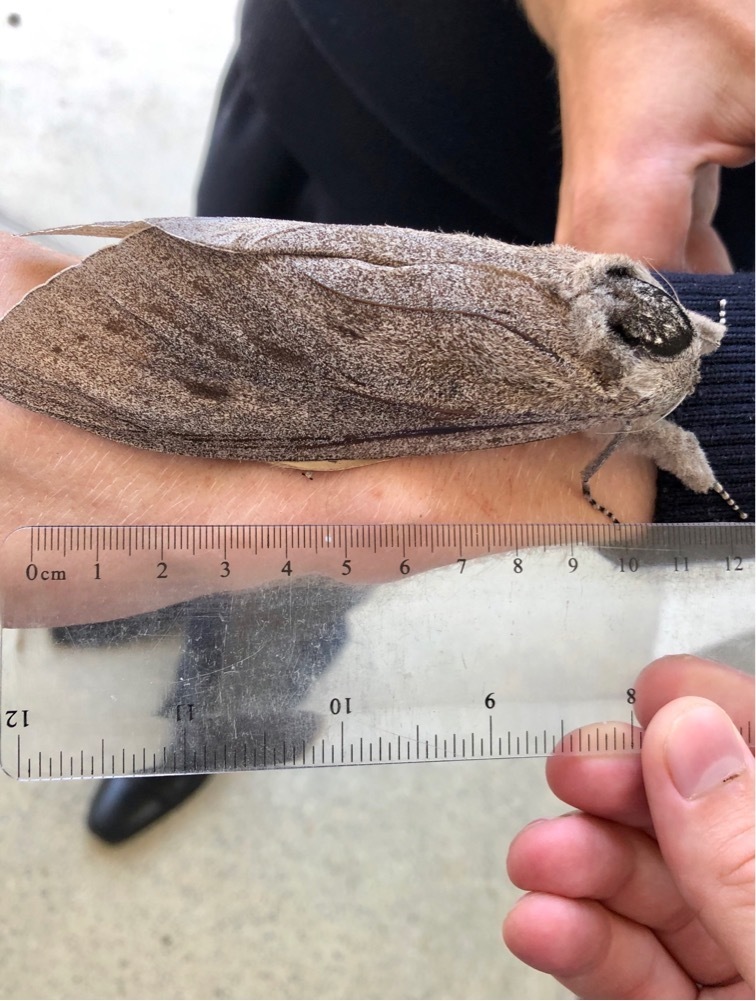
Here’s exactly how big this giant wood moth actually is. Photo: QuestaGame/iNaturalist
“I had to dissect it and remove the abdominal contents, stuff it with cotton wool, and sew it up so that I could put it in my collection and it didn’t rot,” she recalled about the childhood years when she used to collect these insects.
Thanks god, the specimen found in the school appears to have been luckier. Ms. Steward, the principal, said it was returned to the forest.
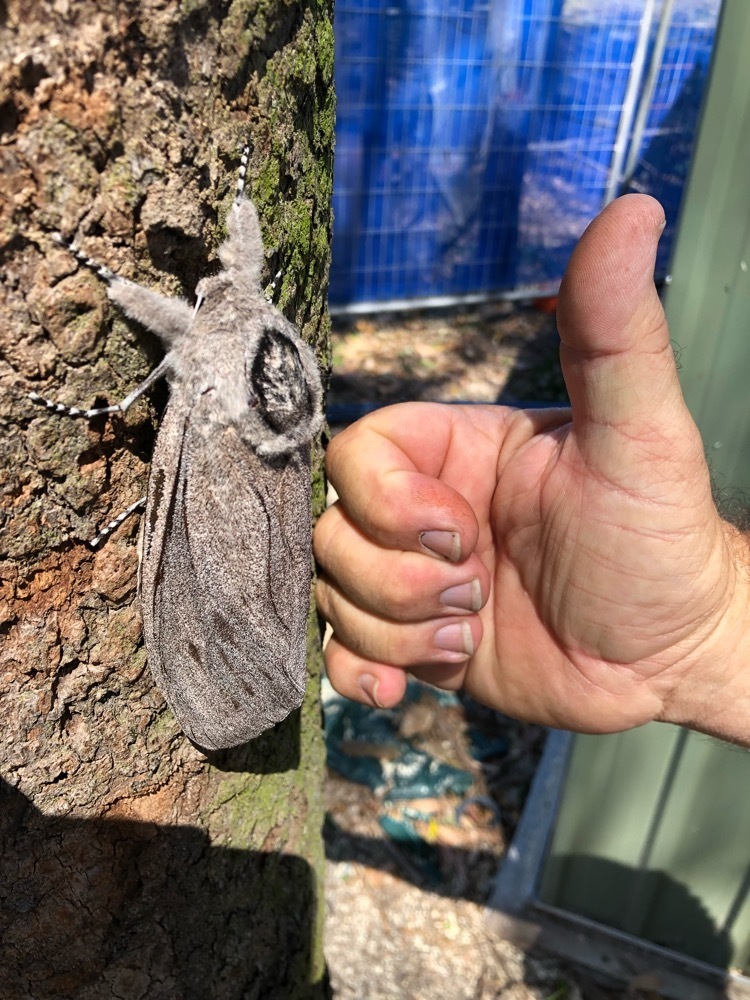
A big moth and a big hand. Photo: QuestaGame/iNaturalist
According to the Queensland Museum fact sheet about the moth, adult moths do not eat at all! These huge insects have no functional feeding organs and instead draw their energy from the fat reserves they accumulated during their prolonged larva stage.
Truly a unique animal.
